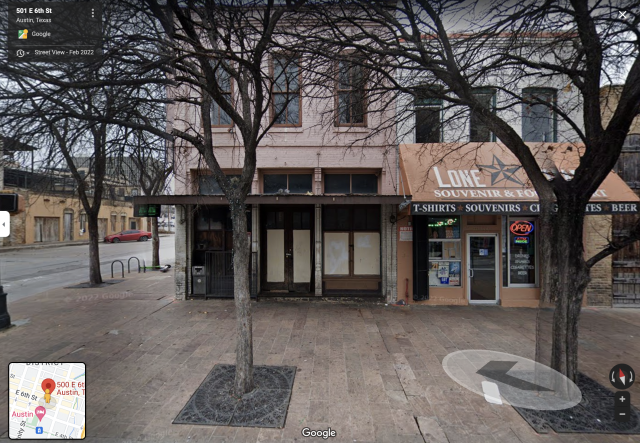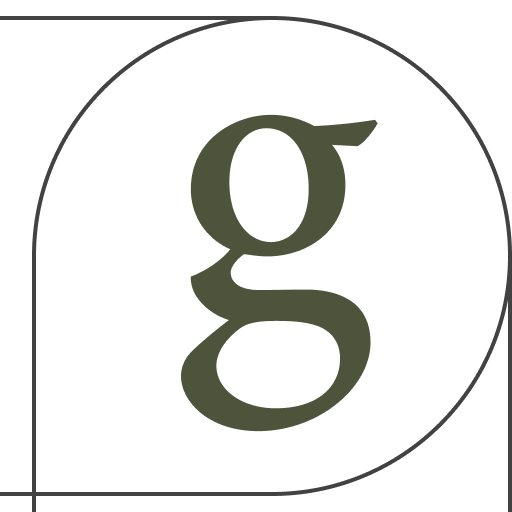The Gym No. 11: Archives and influences
Yesterday morning, I hurried from my side-street parking spot to Women and Their Work gallery for an event titled “Deborah Hay | Screening & Conversation.” It had been rescheduled from last fall, and I’d forgotten what it was about, exactly. But when Deborah Hay is on my calendar, I don’t ask questions. I was thrilled to have a reservation, as I’ve failed to be quick or astute enough to nab a reservation to any of the very few showings of her work in Austin over past 15 years. Just barely on time, I imagined the event might already be full, or that they might not let latecomers in. In my head, I played out a conversation with an imaginary gallerist-bouncer: I’ll slip in quietly, I’d promise. I’ll just stand in the back.
But there was nothing to worry about. I followed a stream of people, mostly women who would’ve been young adults when Hay was working regularly in Austin, from the mid-1970s into the early 2000s, into the gallery. No one checked my name against any list. Guests milled about in the courtyard while the gallery staff kindly waited for folks stuck in traffic behind the Texas Independence Day parade. (Later, Hay would tell us that she didn’t know, when she moved to Austin in 1974, that it was the capital of Texas.)
Once the 50-odd audience members were assembled, I was finally reminded of the specifics of the event: Laurent Pichaud, a historian and former Hay dancer, would present some of the materials from Hay’s archive, which UT’s Ransom Center acquired in 2021. He would ask Hay, who hadn’t been prepped on the selections, to spontaneously respond to some questions about the materials. Then there would be a pre-premiere screening of the film Dear Dancer, a short documentary about Hay’s 2021 work for Cullberg Ballet in Sweden, which was created under pandemic restrictions and premiered without an audience. Plus, Hay would engage in a post-screening conversation. It was all free. I’m still reeling over the riches.
Pichaud’s presentation was jubilant and clever. He focused on Hay’s Austin period, which occurred after she'd danced for Merce Cunningham and pioneered postmodern dance with Judson Dance Theater and before European companies began commissioning her work. He showed how a list of her performance venues, including long-defunct places I’d never heard of, like a downtown dance spa called Studio D, illuminated the sub-periods of these years. He showed early plans for Hay’s own studio space, a 1990s vision that never panned out. He showed programs and newspaper clippings and a press-release letter sent to arts section editors at our local papers.
This ephemera brought back my recurrent worries about the record. Without full-time arts journalists and editors, artists today and in the future won’t have the news clippings that Pichaud’s work in part depends on. “The record” does imply gatekeeping and singularity—whose record? Who decides what goes in it? Who is it good for? Yes, there are many good-riddances. But relying on the constancy of the press, the fact that it’s someone’s job to get things as imperfectly right as possible, is one of our more established ways of not forgetting. Will our methods of remembering evolve without it? What will a dance artist’s archive contain in, say, 2070? A collection of Instagram posts and TikTok videos? Text messages? Augmented-reality experiences? Will people (no doubt with the help of artificial intelligence) be able to make sense of these in a meaningful way?
The work covered in Pichaud's presentation preceded my own contributions to the record. By the time I arrived in Austin, Hay was already working in Europe. I’ve never seen her work performed live. I've known her presence here as lore, as figments from her scores and her writing, as the diaspora of those who danced with her. Looking at materials from her archive and hearing her speak so generously and plainly, I was overcome. I felt acutely aware of the body of work and humanity behind a phenomenon I’d often taken for granted, something I could finally see in color, if only in rearview. As an arts journalist writing about and within the community that Hay has profoundly influenced, had I done my job to see and reflect her influence accordingly? It was right here the whole time for me to feel, the same gravels under both our feet—did I feel it? I do now.
The dancers of Cullberg Ballet performed the premiere of Hay’s work Horse, the solos to an audience of zero, not even a stagehand. There was no video of the performance. The archive resides within the dancers and in the work. On a larger scale, the archive of war is generational trauma, and the archive of oppression is revolt. The archive of how we are is how we will be.
I do hope we find new ways of documenting the record, so our future archivists can do their important and fascinating work. But I found comfort in the reminder that “the record,” whatever it is, can be only a secondary source. It’s our experiences, our connections, and how our influences cumulate, permutate, and form into the shapes of community that are, if not indelible, most persistent.
✦
Cited and related
- Horse, the solos at Cullberg Ballet
- Deborah Hay (yes, that is her official website, on Blogger 🤩)
- Laurent Pichaud has lots of interesting partnerships and projects that are easy to find via Google search
- Dear Dancer is directed by Marcus Lindeen and is showing in Sweden and Denmark this month
- So grateful to Women and Their Work for curating and hosting this event
- And here's a Google Earth screen grab showing 500 E. 6th, the former site of Studio D, in Feb. 2022

